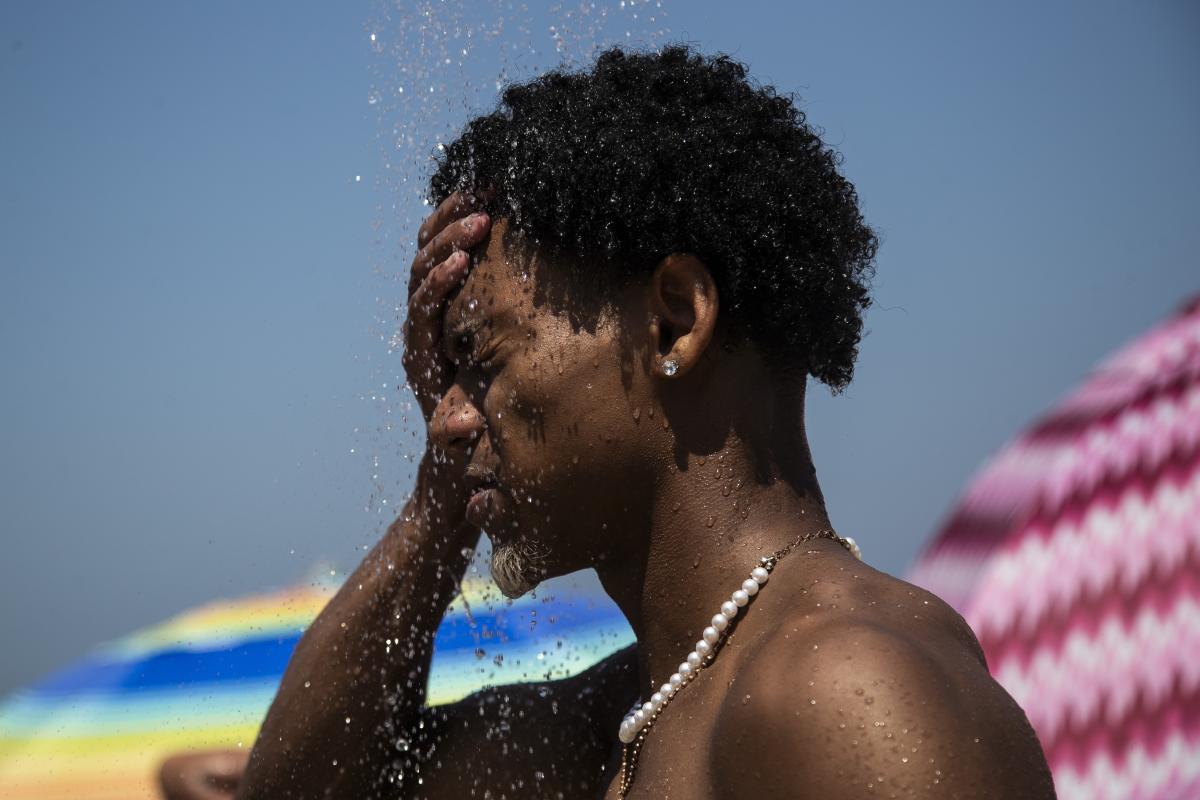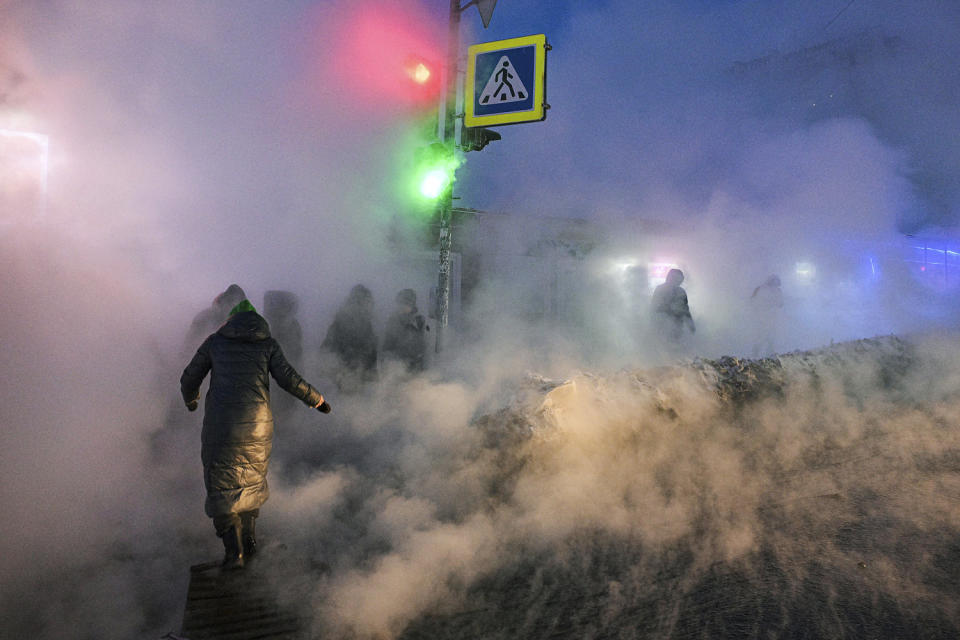Four Royal Air Force Typhoon jets slipped into Yemen’s airspace in the early hours of Friday morning, loaded with 230kg Paveway IV precision-guided bombs intended to pound rebel positions.
With a range of just 16 miles, the bombs were likely carried inland and then launched as part of a night-time raid responding to Houthi attacks on the Royal Navy in the Red Sea.
Explosions soon lit up the sky as an airbase, military camp and the Houthi’s Al-Masirah television station were targeted before the warplanes banked away to return to base, videos on the ground in Yemen show.
The Typhoons had left Akrotiri RAF base on the southern tip of Cyprus an hour or so before, accompanied by an Airbus Defence & Space A330 Voyager tanker to refuel the planes on their mission over the Gulf.
The sortie was ordered by Downing Street in response to an attack on ships in the Red Sea, including a close shave with HMS Diamond, which shot an incoming Houthi missile out of the sky seconds before impact.
Among the RAF’s targets was also the site in northwestern Yemen used to launch reconnaissance and attack drones.
“A number of buildings involved in drone operations were targeted by our aircraft,” the Ministry of Defence said, as it released aerial footage of strikes hitting ground targets.
The other strike was on an airfield at Abbs, north west of the Yemeni capital, Sana’a, where the MoD said “several key targets were identified and prosecuted”.
The limited range of the highly accurate Paveway bombs, manufactured by Raytheon UK, means the British jets, which can each carry six of the munitions, would likely have entered Yemeni territory to fire deep into the country.
The British mission was largely a supporting role to a US-led attack, which included 100 high-velocity projectiles raining down on some 60 positions held by the Iranian-backed militants.
The US carried out its air attacks, and also fired powerful missiles from the sea, including from a submarine surfacing to join the mission.
Australia, Canada, Bahrain and the Netherlands were credited with assisting with intelligence and logistics.
Joe Biden ordered American F-18 Super Hornet fighter jets armed with AGM-88 HARM anti-radiation missiles to take off from the USS Dwight D Eisenhower aircraft carrier.
The high-speed missiles are designed to be fired from aircraft and seek and destroy enemy radar-equipped air defence by homing in on electric transmissions.
Meanwhile, the USS Florida guided missile submarine surfaced and fired a volley of Tomahawk land-attack cruise missiles, according to US officials.
The submarine is one of four nuclear-powered, guided-missile vessels in the US Naval fleet. It crossed into the Red Sea on Nov 23 last year, in response to the growing threat posed by Houthi rebels.
Tomahawk has become the strike option of choice for American forces because they can be launched from 1,000 miles away with precision accuracy from either warships or submarines.
The weapons were also launched from surface warships, US officials said.
Explosions were reported in Yemen’s Western port city of Hodeidah, with the airport being hit by the initial round of strikes in the early hours of Friday morning.
Other strikes were reported at the Taiz military base in the south of Yemen, as well as at military bases in Sadeh and San’a.
Several targets were also hit in the coastal town of Zubaydah.
Officials said they included radar systems, drone and ballistic and cruise missile storage and launch sites.
At least five Houthi fighters were killed and six more injured in the strikes, according to Yahya Sarea, the group’s military spokesman.
He claimed that a total of 73 coalition attacks hit the country, which has been partially occupied by the rebel group since the 2014-15 coup d’etat.
Mohammed Ali al-Houthi, the head of the group’s Supreme Revolutionary Committee, branded the strikes as “barbaric, terrorist” and “a deliberate and unjustified aggression that reflects a brutal psychology”.
A senior military official told reporters in Washington that they were unable to provide an exact percentage of Houthi assets destroyed, but said the strikes were “significant”.
The UK and US said the strikes were carried out to minimise collateral and civilian damage, and US administration figures signalled more strikes could follow.
“This may well not be the last word on the topic,” one official said.
Signup bonus from




